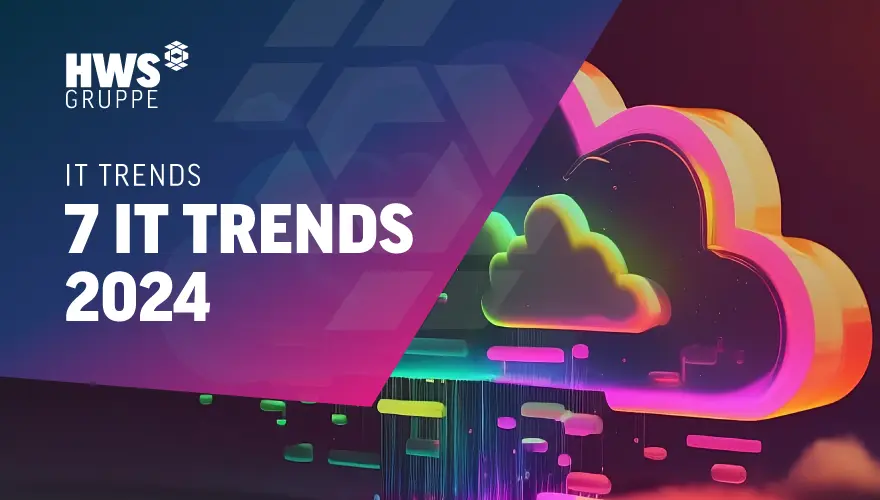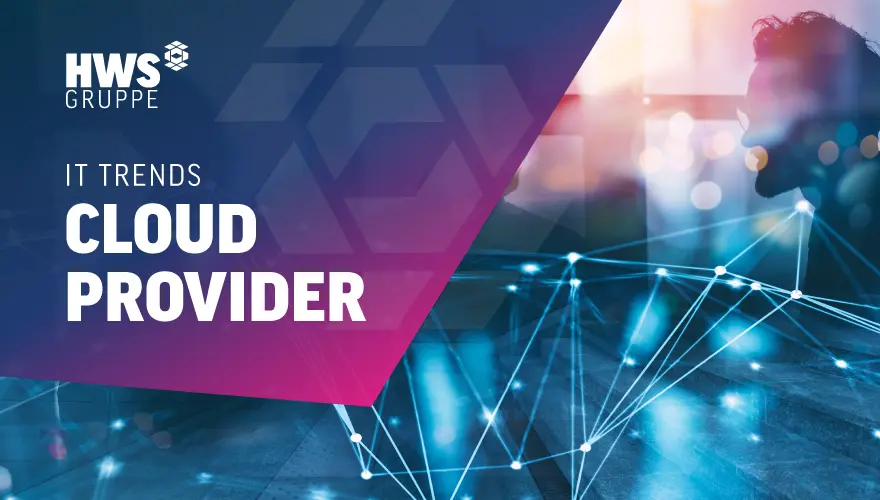7 key IT trends for 2024

The year is drawing to a close. Therefore, it is time to check which course you have already set for the future of your company. And where you might still need to readjust. This course concerns your IT department in particular. Because the execution of the IT landscape today determines the performance of the entire […]
AWS vs. MS Azure: Is there the one business cloud provider?

The cloud has long since ceased to be a trend – rather, it forms the basis for highly scalable business growth. With the crisis year 2020, companies have learned to appreciate the advantages of the location-independent availability of cloud applications. The positive experience with the new territory of remote work has reduced the fear of […]
On-Premises, in the cloud or hybrid?

The first question that companies ask us when it comes to a new and restructuring of their IT landscape is which deployment model is best suited for them. Classically in their own data center on-premises, outsourced in the cloud, or rather as a hybrid model? Well – it depends: What requirements you need to meet, […]




